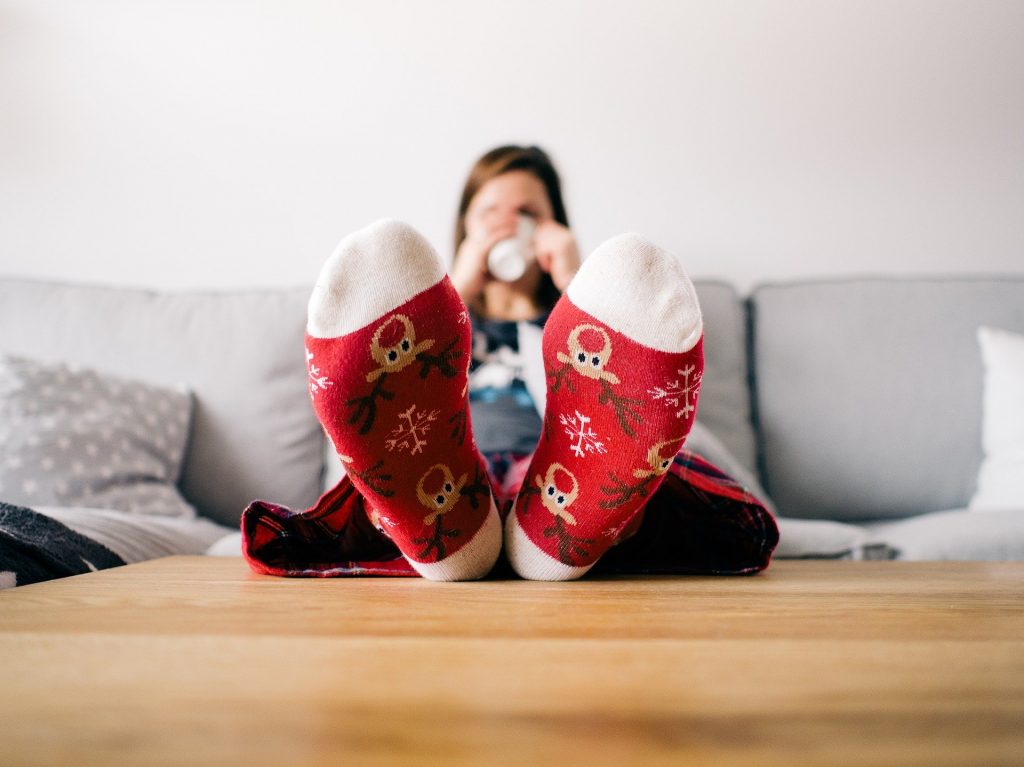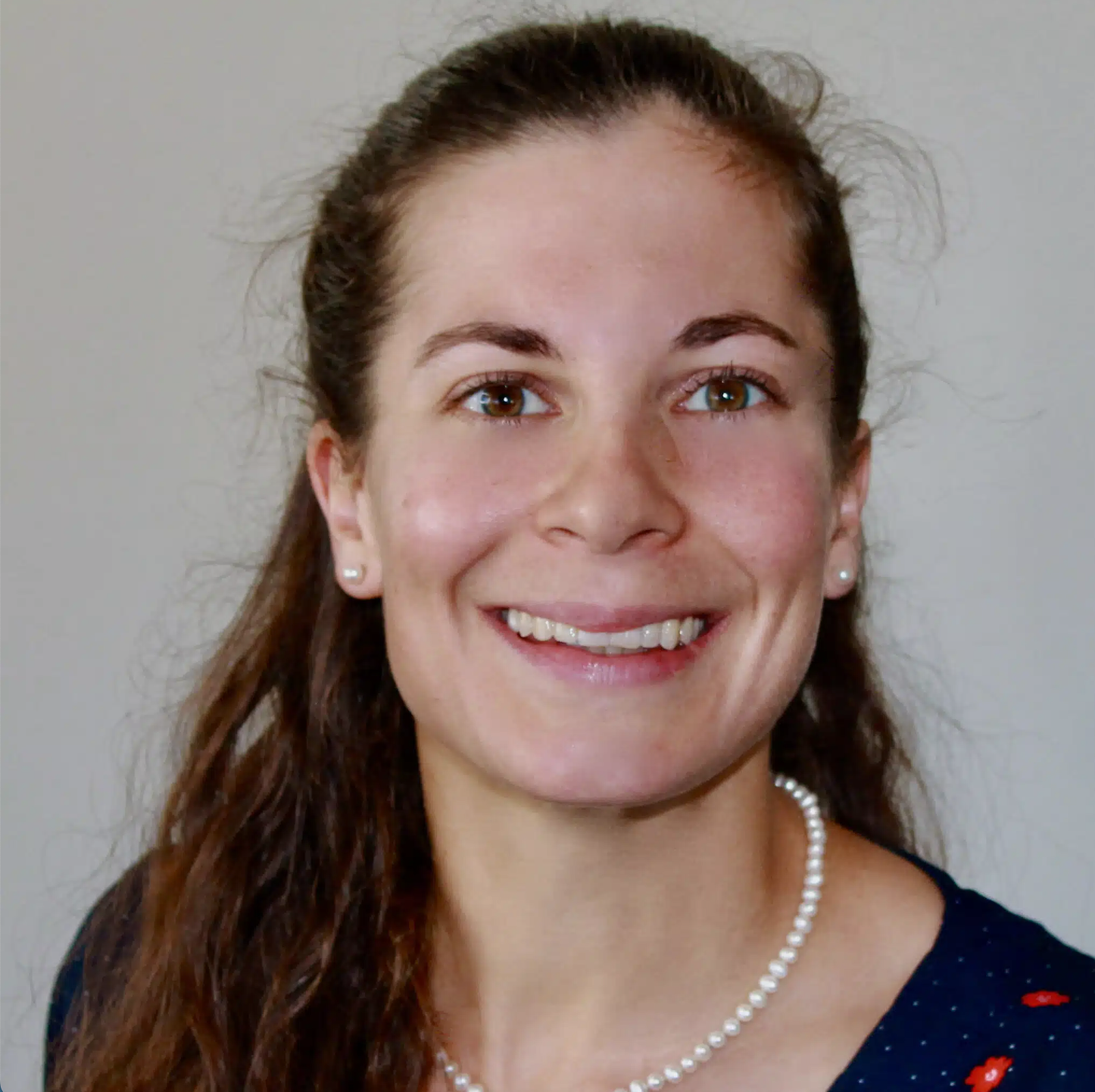
You have probably heard the statement “sitting is the new smoking.” However, are you aware of the magnitude of sedentary behavior among our patients?
Are we doing anything about it? What should we be doing?
Magnitude of the issue
Since 9 hours of sedentary time is associated with increased morbidity, disability, and mortality it is very concerning that adults aged 18-66 spend approximately 8.65 hours/day being sedentary.1 After retirement this number increases, with only 10% of older adults meeting the recommended 150 min/week of physical activity (PA).2This level of physical inactivity is part of the reason why 90% of older adults have one non-communicable disease and 73% have two or more.3
If individuals replaced sixty minutes of sedentary time/week with a combination of 55 min of light physical activity (LPA) and five minutes of moderate-vigorous physical activity (MVPA) their odds of having a mobility limitation would lower by 16% and if replaced by 60 minutes of MVPA it would be lowered by 70%.4 This highlights the importance of including PA within our screening, evaluation, and plan of care process.
Are we doing anything about it?
Even with these important findings therapists are not providing sufficient interventions for implementation of physical activity. According to therapists they have lack of expertise, awareness and familiarity of behavioral change interventions, counseling skills, self-efficacy, reimbursement, and resources.5-7 However, research has identified that we are in an ideal place to provide health promotion services. In fact, we should be leaders in health promotion. Characteristics that make us suitable for this leadership role, includes our:5,8-12
- Expertise in non-pharmacological and non-invasive interventions, such as physical activity prescription and education
- Knowledge in pathophysiology
- Opportunity for frequent and relatively lengthy contact with patients
- Patient-therapist relationship
How to Measure Physical Activity?
The first step of performing health-promotion interventions is identifying our older adult’s level of PA. For many individuals it is not feasible to perform step counts or use a pedometer, resulting in the need for a quick and feasible clinical tool. One reliable, validated, and clinically feasible tool is the Physical Activity as a Vital Sign (PAVS).13,14 The tool consists of two questions:13,14
- On average, how many days per week do you engage in moderate to strenuous exercise (Like a brisk walk)?
- On average, how many minutes do you engage in exercise at this level?
You take the two answers and multiply them. If your patient is meeting the 150 minutes of moderate-vigorous level of physical activity you encourage them to continue.
If they are not meeting the 150 minutes of moderate-vigorous level of physical activity it is recommended to identify why not. If the therapist is trained in motivational interviewing it is highly recommended that he/she uses this method to identify the barriers.
What barriers/facilitators should you look for?
There are many modifiable barriers to physical activity with one of the biggest barriers being lack of self-efficacy. Physical activity self-efficacy is an individual’s belief that they can participate in or perform physical activity, even if barriers are placed ahead of them. Part of self-efficacy is belief, motivation, and behavior.15
Another major component of meeting recommended levels of PA is enjoyment and expectation. The individual must enjoy their chosen PA and must have the expectation that it will help them. Many older adults, particularly frail older adults, have been told repeatedly that they are getting weak/frail because of aging and there is nothing they can do about it. This is unacceptable and as healthcare providers we need to change this.16-18
This type of expectation relates to the next barrier, ageism and attitude about PA for older adults. Ageism happens in older adults, healthcare providers, family, and friends. It has been identified that healthcare providers that care for older adults are less likely to ask or talk to them about PA compared to their younger patients. To an older adult this reinforces the misconceptions that PA has less value for older adults. Exercise instructions with negative attitudes toward aging also contribute to lower exercise adherence among older adults. Similarly, well intentioned, coddling family members and friends can reinforce the concept that older adults should not exercise and should avoid moving or walking to minimize risk of injury. Misconceptions about the aging process can decrease a person’s activity and thereby limit his or her ability to meet PA recommendations.18-20
Leading to the next identified barrier limited support from family/friends. If an older adult does not have support or even worse their support network tells them that they are “too old,” they are less likely to be physically active. While being surrounded by active peers, friends, or family can significantly increase the older adult’s physical activity.18-20
There are many additional modifiable barriers, however, these primary barriers need additional attention and therapists have the ability to address them.
What should you do about it?
There is no single “best” intervention for increasing physical activity in older adults, however, there are general recommendations that have been found to be beneficial:21-23
- Use an individualized approach- identify the individual’s barriers and customize the intervention based on the findings as well as methods that have been determined to work for the individual
- Use self-regulatory skills, such as goal setting, self-monitoring, and/or environmental management to assist people in initiating and maintaining physical activity.
- Use a lifestyle approach where physical activity becomes part of the lifestyle and helps enhance lifestyle.
- Include components of cognitive-behavioral strategies such as goal setting, self-monitoring, feedback, support, stimulus control, and relapse-prevention training.
Conclusion: Staying physically active is an important component of healthy aging and preventing functional decline. It is our responsibility as healthcare providers to identify our patient’s barriers/facilitators for meeting physical activity guidelines as well as assisting them on a path towards success.
References:
- Dunlop DD, Song J, Arntson EK, et al. Sedentary time in U.S. older adults associated with disability in activities of daily living independent of physical activity. J Phys Act Health. 2015;12(1):93-101. doi:10.1123/jpah.2013-0311
- 2018 Physical Activity Guidelines Advisory Committee. 2018 Physical Activity Guidelines Advisory Committee Scientific Report. Washington, DC: US Department of Health and Human Services. 2018:779.
- Facts About Healthy Aging | NCOA. https://www.ncoa.org/news/resources-for-reporters/get-the-facts/healthy-aging-facts/. Published July 17, 2018. Accessed July 17, 2018.
- Amagasa S, Machida M, Fukushima N, et al. Is objectively measured light-intensity physical activity associated with health outcomes after adjustment for moderate-to-vigorous physical activity in adults? A systematic review. Int J Behav Nutr Phys Act. 2018;15. doi:10.1186/s12966-018-0695-z
- Bezner JR. Promoting Health and Wellness: Implications for Physical Therapist Practice. Phys Ther. 2015;95(10):1433-1444. doi:10.2522/ptj.20140271
- Shirley D, Ploeg VD, P H, Bauman AE. Physical Activity Promotion in the Physical Therapy Setting: Perspectives From Practitioners and Students. Phys Ther. 2010;90(9):1311-1322. doi:10.2522/ptj.20090383
- Morris DM, Jenkins GR. Preparing Physical and Occupational Therapists to Be Health Promotion Practitioners: A Call for Action. Int J Environ Res Public Health. 2018;15(2). doi:10.3390/ijerph15020392
- Dean E. Physical therapy in the 21st century (Part I): toward practice informed by epidemiology and the crisis of lifestyle conditions. Physiother Theory Pract. 2009;25(5-6):330-353.
- Dean E. Physical therapy in the 21st century (Part II): evidence-based practice within the context of evidence-informed practice. Physiother Theory Pract. 2009;25(5-6):354-368.
- Dean E, Greig A, Murphy S, et al. Raising the Priority of Lifestyle-Related Noncommunicable Diseases in Physical Therapy Curricula. Phys Ther. 2016;96(7):940-948. doi:10.2522/ptj.20150141
- Dean E, Moffat M, Skinner M, Dornelas de Andrade A, Myezwa H, Söderlund A. Toward core inter-professional health promotion competencies to address the non-communicable diseases and their risk factors through knowledge translation: curriculum content assessment. BMC Public Health. 2014;14:717. doi:10.1186/1471-2458-14-717
- Lein DH, Clark D, Graham C, Perez P, Morris D. A Model to Integrate Health Promotion and Wellness in Physical Therapist Practice: Development and Validation. Phys Ther. 2017;97(12):1169-1181. doi:10.1093/ptj/pzx090
- Golightly YM, Allen KD, Ambrose KR, et al. Physical Activity as a Vital Sign: A Systematic Review. Prev Chronic Dis. 2017;14. doi:10.5888/pcd14.170030
- Wald A, Garber CE. A Review of Current Literature on Vital Sign Assessment of Physical Activity in Primary Care. J Nurs Scholarsh. 2018;50(1):65-73. doi:10.1111/jnu.12351
- Costello E, Kafchinski M, Vrazel J, Sullivan P. Motivators, barriers, and beliefs regarding physical activity in an older adult population. J Geriatr Phys Ther. 2011;34(3):138-147. doi:10.1519/JPT.0b013e31820e0e71
- Miller W, Brown PR. Motivators, Facilitators, and Barriers to Physical Activity in Older Adults: A Qualitative Study. Holist Nurs Pract. 2017;31(4):216-224. doi:10.1097/HNP.0000000000000218
- Bethancourt HJ, Rosenberg DE, Beatty T, Arterburn DE. Barriers to and facilitators of physical activity program use among older adults. Clin Med Res. 2014;12(1-2):10-20. doi:10.3121/cmr.2013.1171
- Hawley-Hague H, Horne M, Skelton DA, Todd C. Older Adults’ Uptake and Adherence to Exercise Classes: Instructors’ Perspectives. J Aging Phys Act. 2016;24(1):119-128. doi:10.1123/japa.2014-0108
- Franco MR, Howard K, Sherrington C, et al. Eliciting older people’s preferences for exercise programs: a best-worst scaling choice experiment. J Physiother. 2015;61(1):34-41. doi:10.1016/j.jphys.2014.11.001
- Freiberger E, Kemmler W, Siegrist M, Sieber C. Frailty and exercise interventions. Zeitschrift für Gerontologie und Geriatrie. 2016;49(7):606-611.
- Chao D, Foy CG, Farmer D. Exercise adherence among older adults: challenges and strategies. Control Clin Trials. 2000;21(5 Suppl):212S-7S.
- Park C-H, Elavsky S, Koo K-M. Factors influencing physical activity in older adults. J Exerc Rehabil. 2014;10(1):45-52. doi:10.12965/jer.140089
- Chase J-AD. Physical Activity Interventions Among Older Adults: A Literature Review. Res Theory Nurs Pract. 2013;27(1):53-80.
